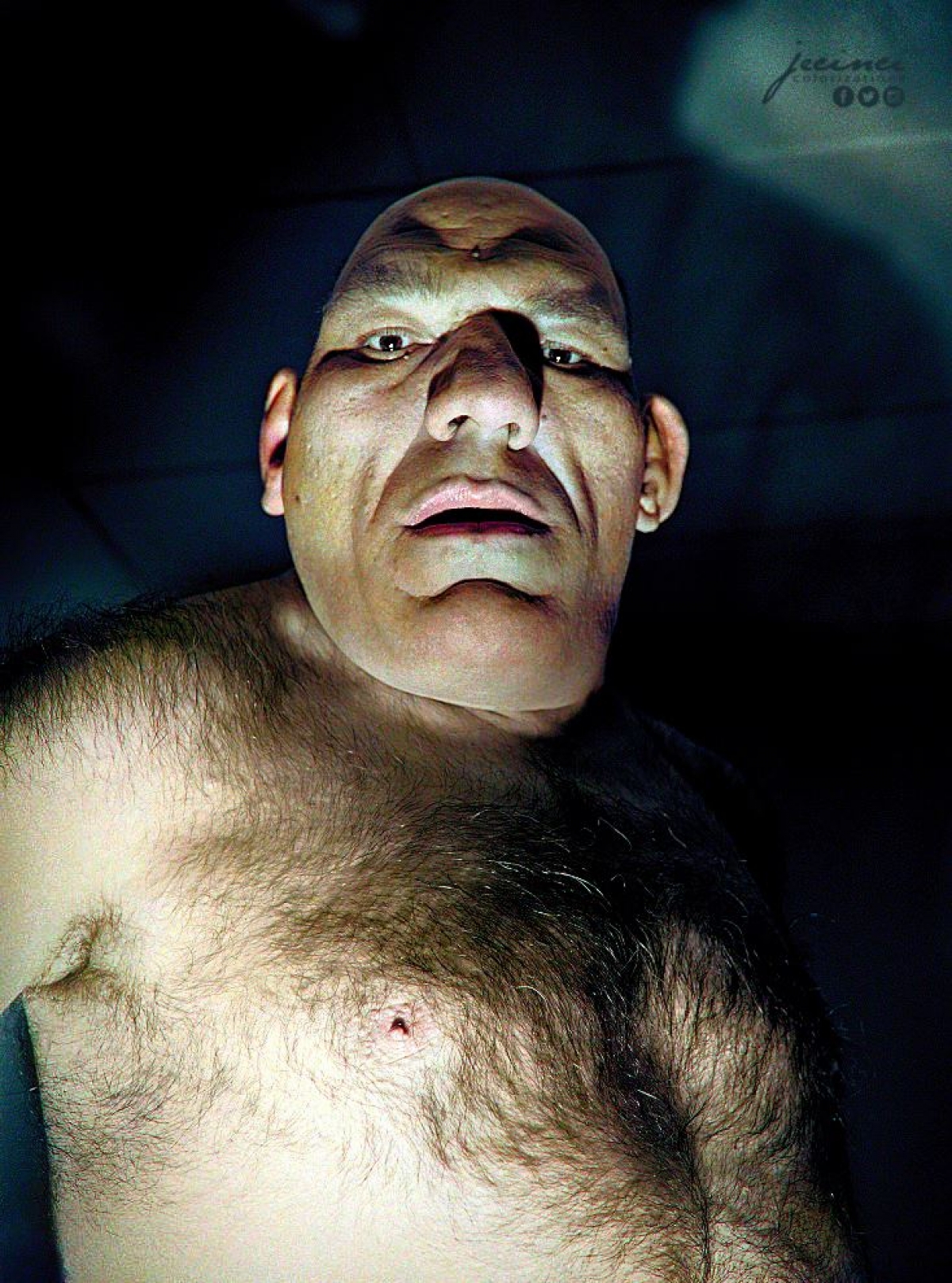Meet the French Angel, an enchanting marine creature that has captured the imagination of divers and marine enthusiasts alike. This article delves deep into the captivating world of the French Angel, exploring its unique traits, natural habitat, and essential role in the marine ecosystem. By the end of this journey, you'll appreciate the beauty and significance of this remarkable fish and its vital contributions to our oceans.
The French Angel, scientifically classified as Pomacanthus paru, is a breathtakingly beautiful fish that belongs to the Pomacanthidae family. It thrives in the warm waters of the Caribbean Sea and the Gulf of Mexico. This species is instantly recognizable by its vibrant colors and characteristic angelfish shape. Its striking appearance and intriguing behaviors make it a favorite among divers and marine lovers. Beyond its aesthetic appeal, the French Angel plays a crucial role in maintaining the health of marine ecosystems.
In this article, we will explore the various facets of the French Angel, including its physical characteristics, behavioral patterns, dietary preferences, habitat, and conservation status. Additionally, we will examine its importance in marine biodiversity and its cultural significance. Join us as we uncover the multifaceted life of this extraordinary fish.
Read also:Bollywood Cinema In 4k Discover Vegamovies For Stunning Film Experiences
Table of Contents
- Biography of the French Angel
- Physical Traits
- Natural Habitat
- Behavior and Social Dynamics
- Dietary Preferences
- Conservation Status
- Cultural Importance
- Conclusion
Biography of the French Angel
| Common Name | French Angel |
|---|---|
| Scientific Name | Pomacanthus paru |
| Family | Pomacanthidae |
| Habitat | Coral reefs in the Caribbean and Gulf of Mexico |
| Max Length | Up to 40 cm (15.7 inches) |
| Coloration | Black with bright yellow edges |
| Diet | Herbivorous, feeds on algae and coral |
Physical Traits
The French Angel is renowned for its extraordinary and eye-catching appearance. Below are some of its defining physical features:
- Coloration: Its body is predominantly black, adorned with striking yellow outlines on the scales, creating a visually captivating look.
- Body Shape: The French Angel possesses a classic angelfish shape, with a laterally compressed body that allows for swift and agile movement through water.
- Size: It can grow up to 40 cm (15.7 inches) in length, making it one of the larger species within the angelfish family.
These physical attributes not only enhance its visual appeal but also aid in its survival by enabling it to blend seamlessly into coral reefs, thus avoiding predators.
Natural Habitat
The French Angel primarily inhabits the Caribbean Sea and the Gulf of Mexico. Its preferred environments include:
- Coral Reefs: These fish thrive in coral reef ecosystems, where they find abundant food and shelter.
- Shallow Waters: They are usually found in shallow waters, typically ranging from 1 to 30 meters (3 to 98 feet) in depth.
- Rocky Substrates: They can also dwell in rocky areas that provide safe hiding spots from potential threats.
Their choice of habitat is vital for their survival, as it offers protection and access to plentiful food sources, ensuring their continued existence.
Behavior and Social Dynamics
The French Angel exhibits fascinating behaviors and social interactions:
- Territorial Nature: They are highly territorial, especially during breeding seasons, fiercely defending their territories from intruders.
- Social Interactions: They often form small groups or pairs, engaging in social behaviors such as cleaning and grooming each other.
- Breeding Rituals: French Angels perform elaborate courtship displays, including synchronized swimming and vivid color displays, to attract mates.
These social dynamics not only enhance their reproductive success but also contribute to the overall health and stability of their populations.
Read also:A Rising Star Exploring The Inspiring Journey Of Ari Kytsya
Dietary Preferences
As herbivores, the French Angel primarily consumes:
- Algae: They graze on various types of algae commonly found on coral reefs.
- Coral Polyps: In addition to algae, they occasionally feed on coral polyps, aiding in the maintenance of coral health.
- Detritus: They also consume organic matter found on the ocean floor.
This dietary pattern not only sustains their health but also plays a critical role in the ecological balance of coral reefs by controlling algae growth and promoting coral well-being.
Conservation Status
The conservation status of the French Angel is a topic of ongoing research and concern:
- Population Threats: Factors such as habitat loss, overfishing, and climate change pose significant threats to their populations.
- Conservation Efforts: Numerous marine protected areas have been established to safeguard their habitats and encourage sustainable fishing practices.
- Ongoing Research: Continuous studies are being conducted to monitor their populations and understand the effects of environmental changes.
Protecting the French Angel is crucial not only for their survival but also for the overall health and biodiversity of marine ecosystems.
Cultural Importance
Aside from their ecological significance, French Angels hold cultural value in many communities:
- Tourism: They attract a large number of divers and snorkelers, contributing significantly to eco-tourism in the Caribbean region.
- Symbolism: In some cultures, they symbolize beauty and resilience, often depicted in local art and folklore.
- Education: Their unique qualities make them ideal subjects for educational programs focused on marine life.
This cultural significance highlights the necessity of conservation efforts to ensure the continued existence of the French Angel in our oceans.
Conclusion
To summarize, the French Angel is a remarkable species that warrants our admiration and protection. From its breathtaking physical traits to its essential role in marine ecosystems, this fish exemplifies the beauty and complexity of marine life. As explored, threats like habitat destruction and climate change pose significant challenges to their survival. It is imperative that we take decisive action to protect these magnificent creatures and their habitats.
We encourage readers to participate in marine conservation initiatives, whether by supporting local marine protected areas or raising awareness about the importance of preserving biodiversity. Share your thoughts in the comments section, spread the word about this article, and explore more about the wonders of marine life on our platform.
Thank you for accompanying us on this exploration of the French Angel! We look forward to seeing you again soon for more thrilling discoveries in the realm of marine biology.


